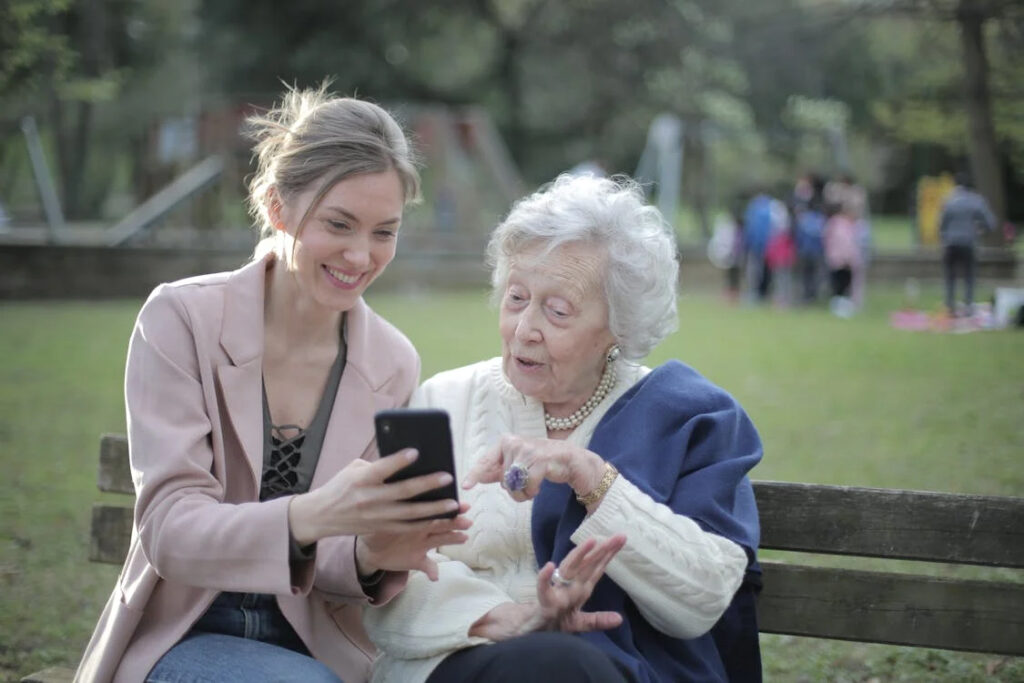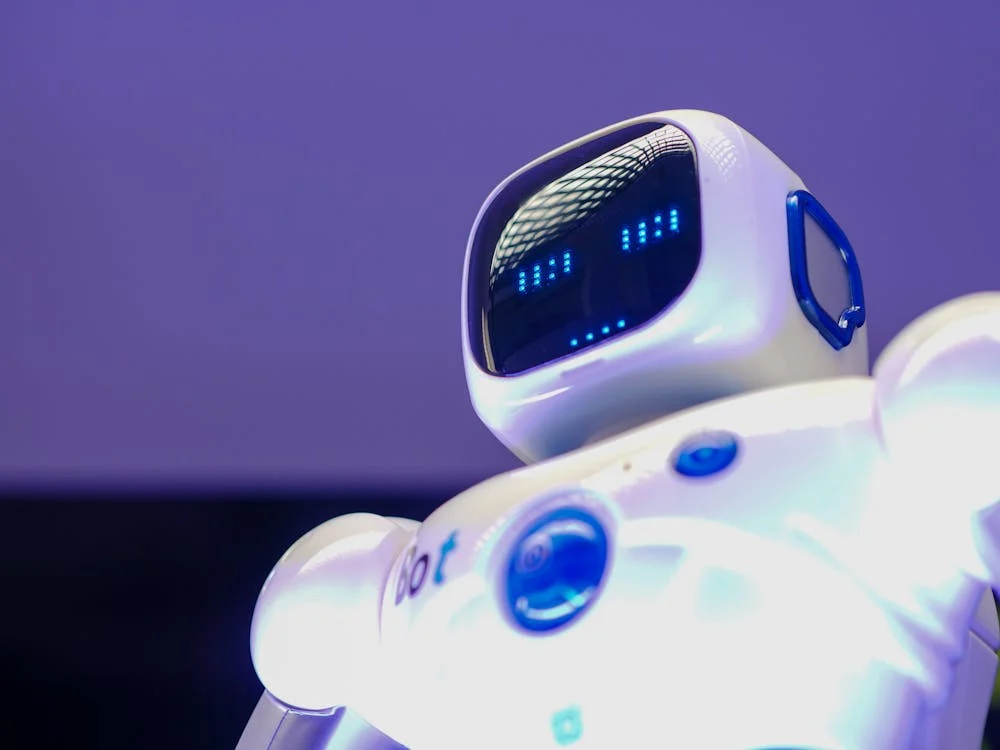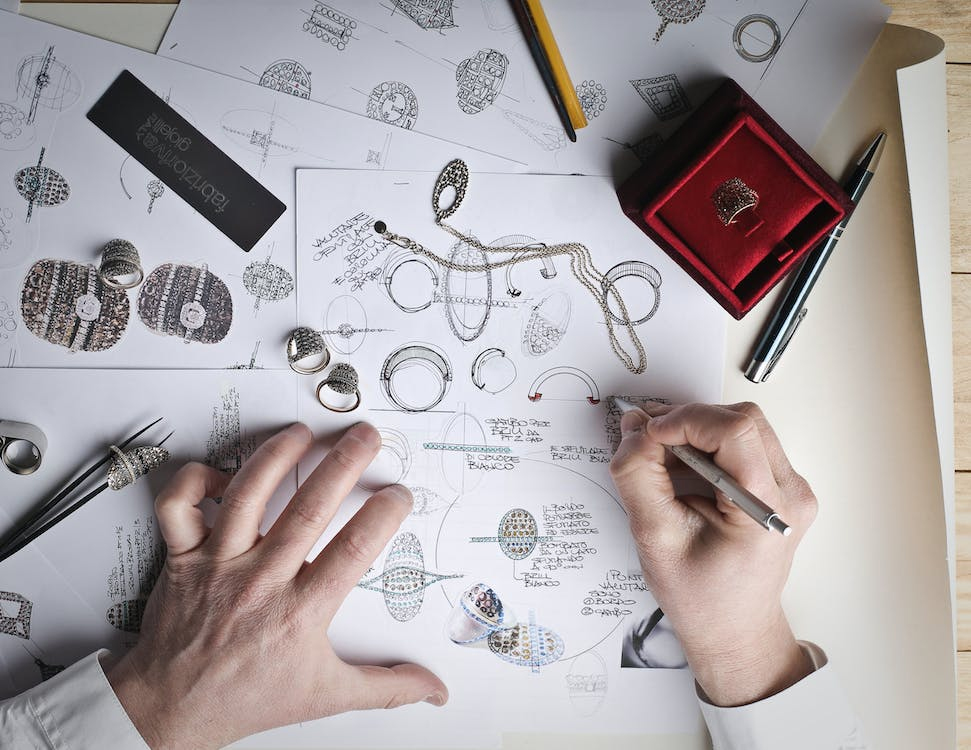Revolutionary Two-Armed Robot Designed to Assist with Dressing Elderly and Disabled
The help of an assistive robot developed by the University of York helps in dressing and undressing elderly and disabled persons. This advanced robotic system represents a departure from conventional single-armed assistive devices and promises a more natural and effective way to provide personal care. The robot closely follows in the nuanced movements of the human caregivers, not bringing thus anything new in terms of user experience but making a step further in the integration of robotics into healthcare. This gives a new dimension, in every way, to the very concept of caregiving: technology meeting empathy in a complex universe of care needs in multifarious forms.
Development and Design of the Two-Armed Robot
Indeed, the researchers from the University of York have designed a radical dual-armed robot, particularly with the purpose of assisting in the task of dressing activity of daily living. The two-armed robot is very novel in comparison with previous designs, ranging from single-armed robots, as it will ideally mimic the dexterity and coordination of a human caregiver with two arms. It, therefore, called for a fine engineering process to come up with a robot that would be able to maneuver clothing with the gentle precision required for sensate tasks, more so, for persons who may have limited ability to be mobile. That was a big jump compared to the traditional single-armed robots and aimed at giving the user more efficiency and comfort.
Learning from Human Caregivers

The robot was equipped with the dressing assistance ability through a method called “learning from demonstration. The novel approach involved an observation and analysis of human caregivers’ motion when donning clothes. These interpretations were fed into advanced AI algorithms so that the robot would replicate them exactly how they were being executed by the human care. This was an operational mode during which the robot took care of being able to carry out the intricate operations—like moving through the sleeve or sleeve adjusting with approximately the same intuition and care as a human would.
Benefits and Applications in Healthcare
The introduction of this two-armed robot into healthcare settings promises several benefits. Primarily, it offers physical assistance to elderly and disabled individuals, making the process of dressing less strenuous and more dignified. For caregivers, it means a reduction in the physical demand of their role, allowing them to focus more on the personal and emotional needs of those in their care. Additionally, in environments like care homes or rehabilitation centers, the robot could enhance operational efficiency, freeing up staff to address more critical care needs.
Safety Features and Human-Robot Interaction
Safety is critical in two-armed robot design. The robot’s algorithms respond to human touch in real time. This sensitivity enables a caregiver or helped person to stop or divert the robot, alleviating any pain or safety concerns immediately. The robot’s ability to react to human interactions boosts confidence and ensures a safe and responsive user experience, which contributes to its acceptance and efficacy in real-world care settings.
The University of York’s two-armed robot ushers in a new era of assistive technology by combining robotic precision and human compassion. Its unique design and ability to learn from caregivers make it an effective tool for improving the lives of the elderly and disabled. This technology lessens the physical burden on caretakers while also providing a more dignified and independent existence for individuals they assist. Human-centered technology in healthcare is expected to strengthen compassionate caregiving and redefine supporting care.

